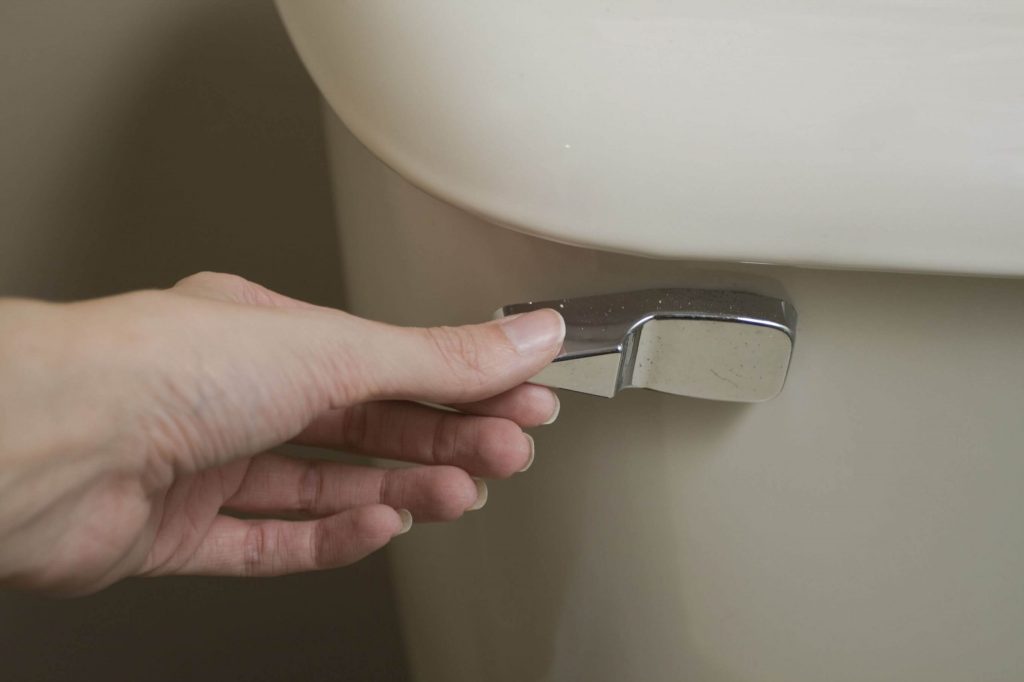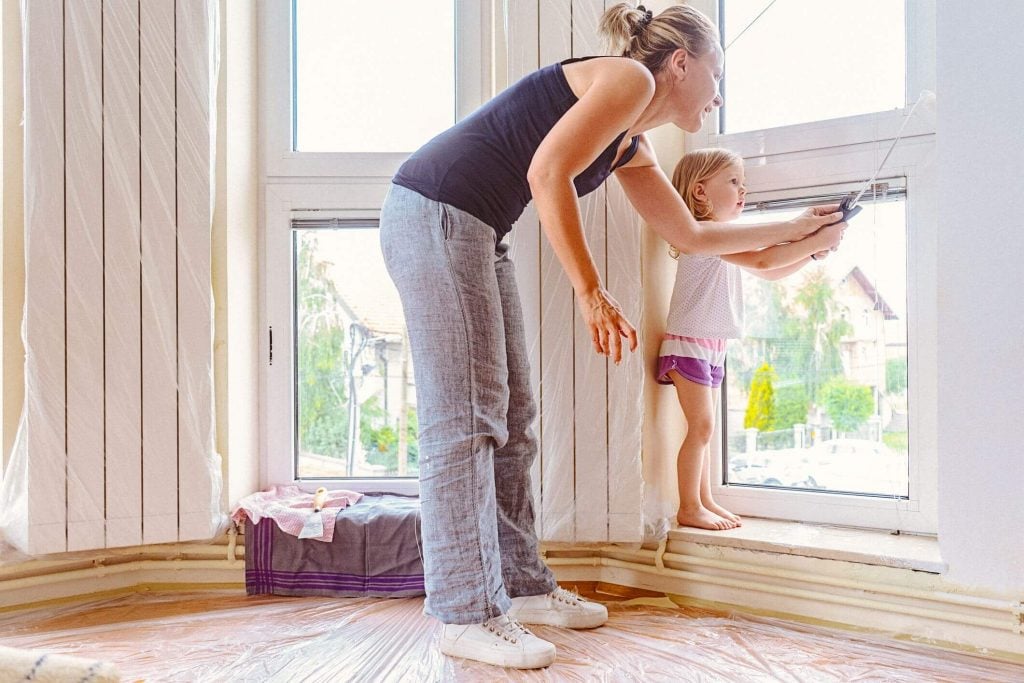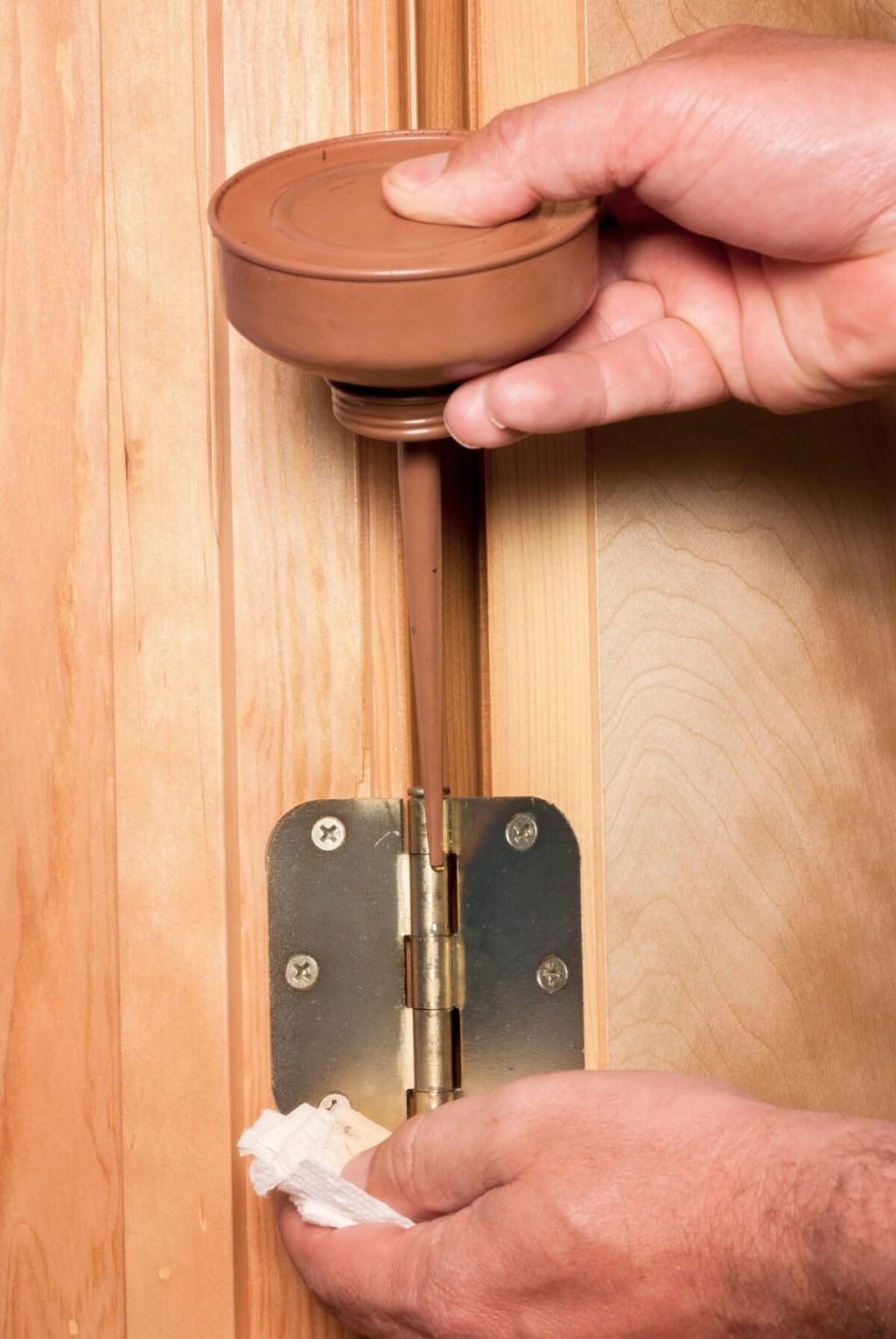Whether you own or rent your home, it makes good sense to keep it in tip-top condition. But despite our best home care efforts, sometimes something breaks or goes wrong. Before reaching for the telephone to call for a professional, it’s always worth asking yourself, ‘can I fix it?’ as many household repairs can be done without the expense of a tradesman. To inspire you, we take a look at just some of the household repairs you can easily do yourself.
Fix a Broken Toilet Lever

You go to flush the loo and the response is a damp squib – chances are the toilet lever has broken or come loose. To be sure, lift the cistern lid and it should be obvious and could well be a simple case of re-attaching the chain. However, the handle can corrode over time or the connecting pieces that attach the flush handle to the lever can break – all these parts are cheap and easy to replace.
Loosen a Sticky Window

A bad paint job, built-up muck or lack of use can lead to a window sticking when you try to open it. A putty knife, or even a pizza cutter, can be used to carefully break the thin seal of paint that may have dried where the window meets the frame. And for dirt-encrusted windows or seized up hinges, a lubricating agent such as WD-40 or even olive oil applied where needed and allowed to soak in before gently wiggling the window free will do the job. Just be careful to avoid applying the lubricant to any plastic parts.
Boost Your Heating or Air Con

An underperforming air conditioning unit can really add to your energy bills so to keep everything smooth-running, regular DIY maintenance is essential. An old or dirty air filter in the unit can really impact its performance so if you suspect your air-con is under par, check the filter. If it’s dusty grey in color and looks thick and dense then it’s time to swap it out. For optimum performance, a 18x20x1 sized air filter, and any other should be changed at least every three months.
Re-grout Tiles

If your tiles are looking less than fresh or a tile has come loose, you can do your own repairs. You will need to remove the old, loose grout first, then to re-grout, you will need a damp sponge, a bucket of water, grout spreader and some grout – ready mixed if you can get it. Using a grouting tool, spread the mixture over the tile surface, working it into the spaces between. Now take the damp sponge and clean off any excess grout until it’s all level and leave to dry.
Silence Creaky Doors

Conclusion
Creaking doors are a nuisance but can easily be silenced with the right lubricant, and they don’t have to be expensive. Petroleum jelly, soap or even cooking oil are all ideal to use and can be found in your kitchen cupboard. Apply sparingly to the door hinges and allow to soak in until the door opens smoothly. And, for a door that doesn’t quite fit tight and rattles, check the latch plate and gently bend the tab connected to the latch towards the stop until the door smoothly fits into place.
Keep reading:

